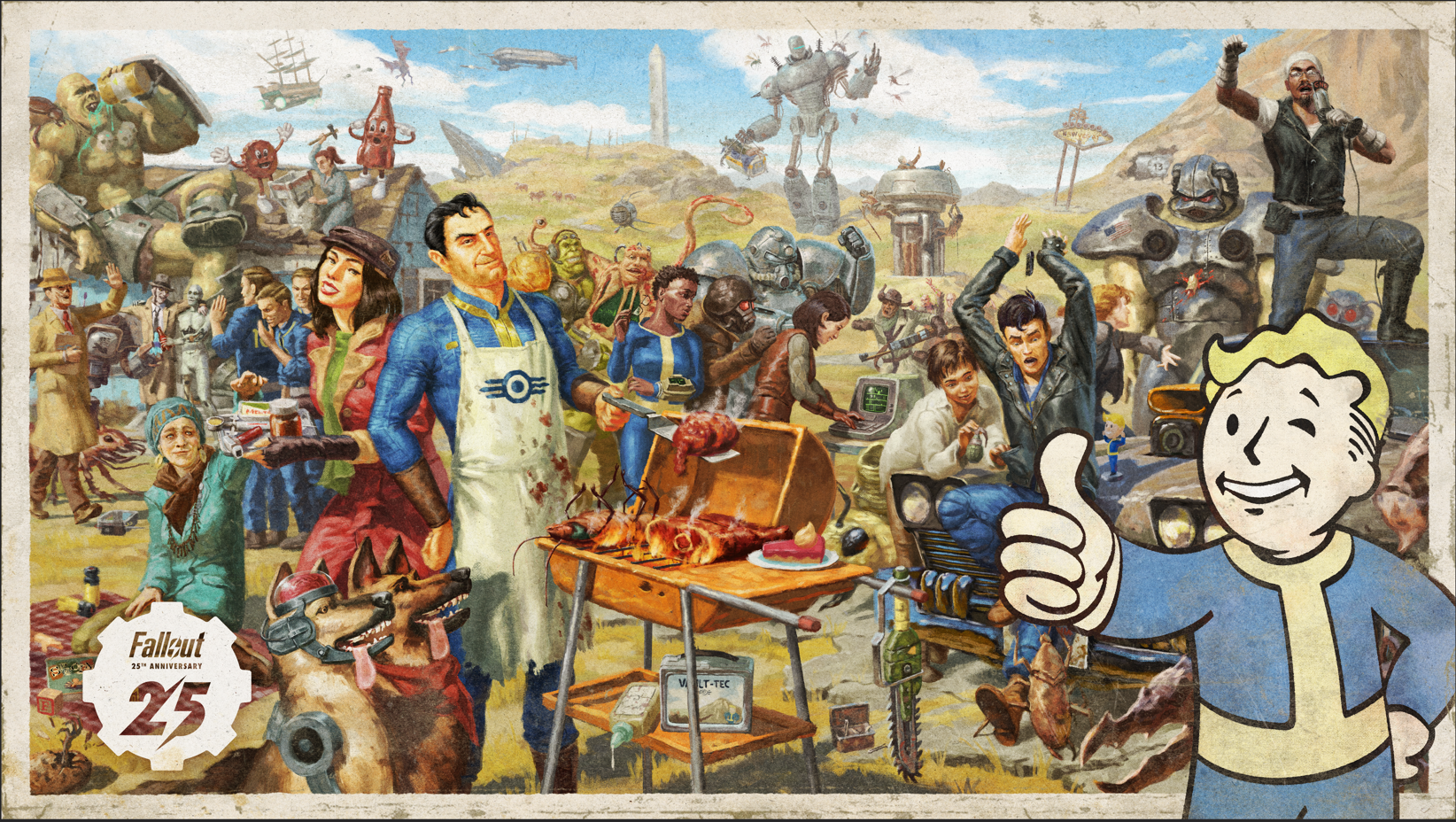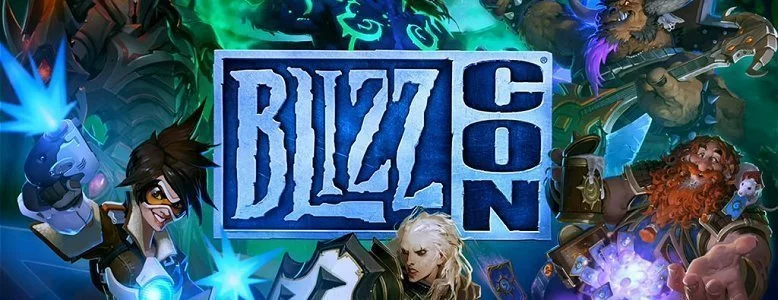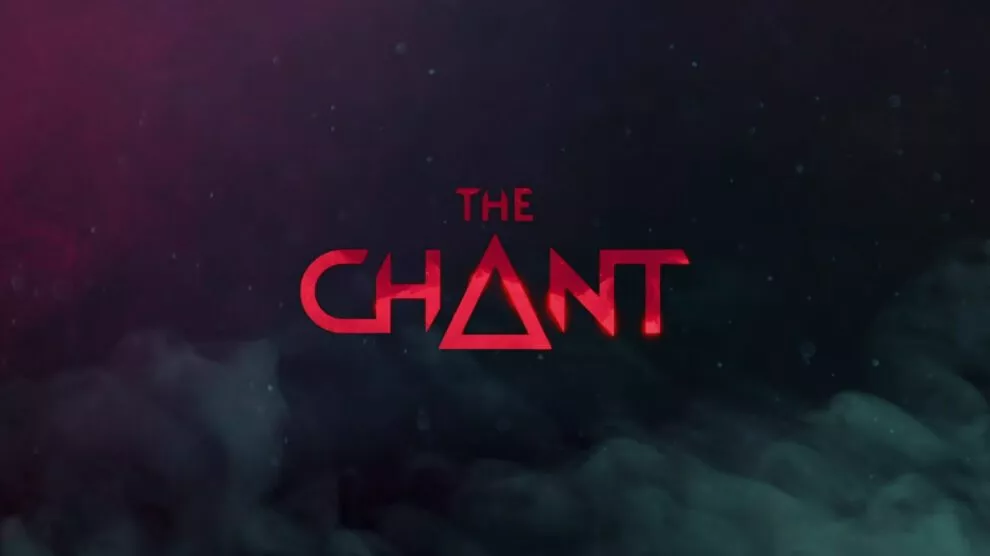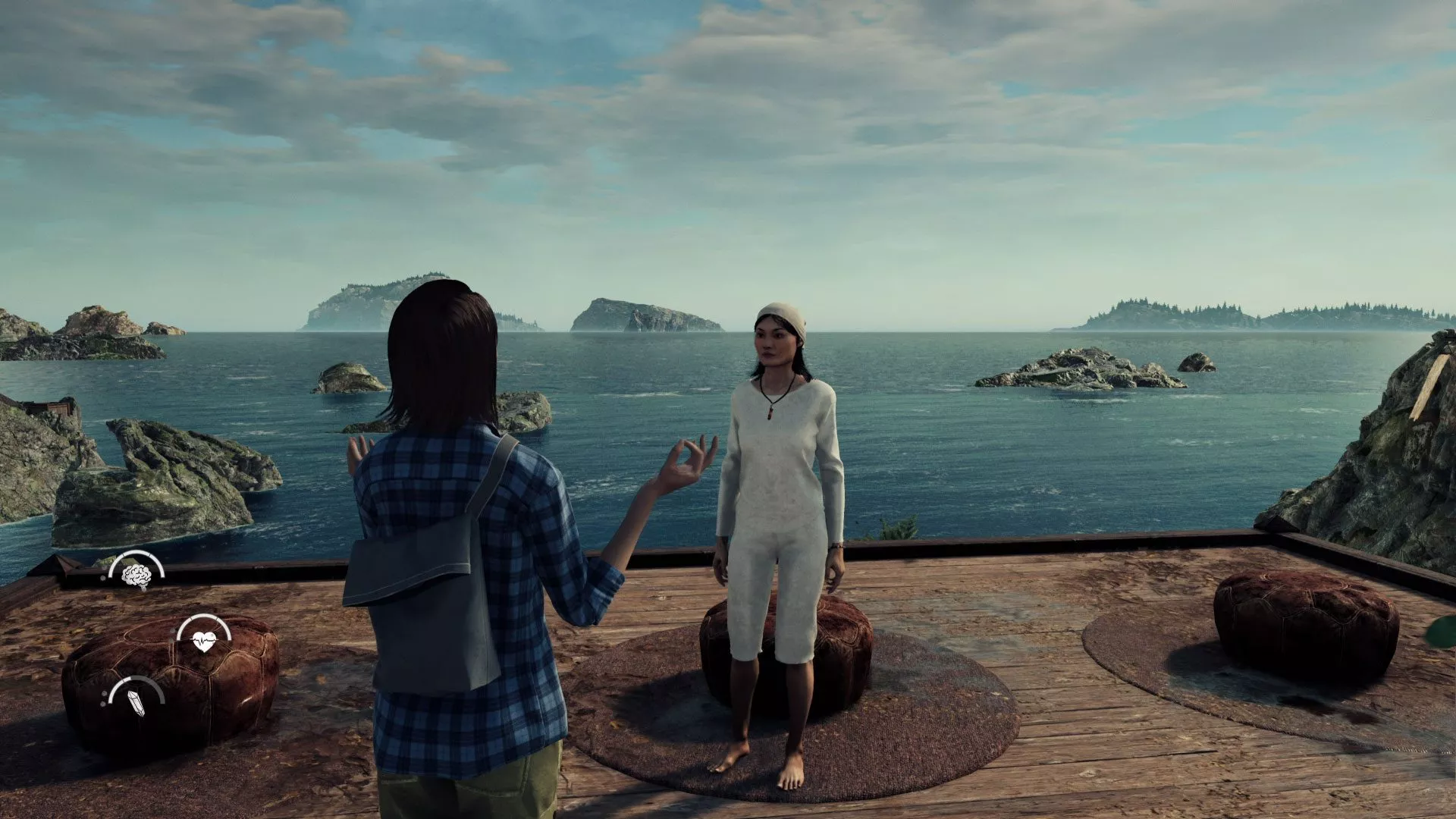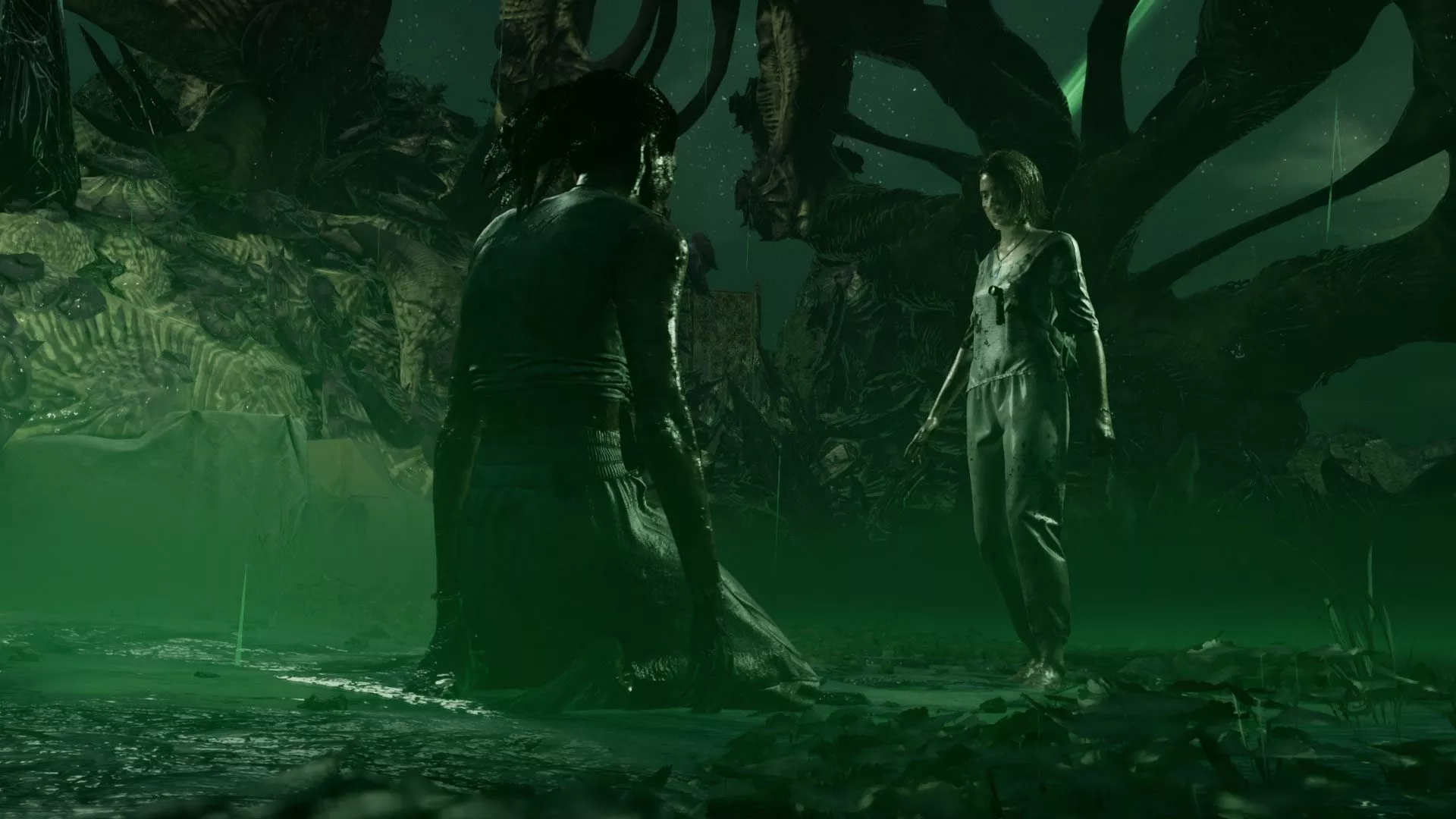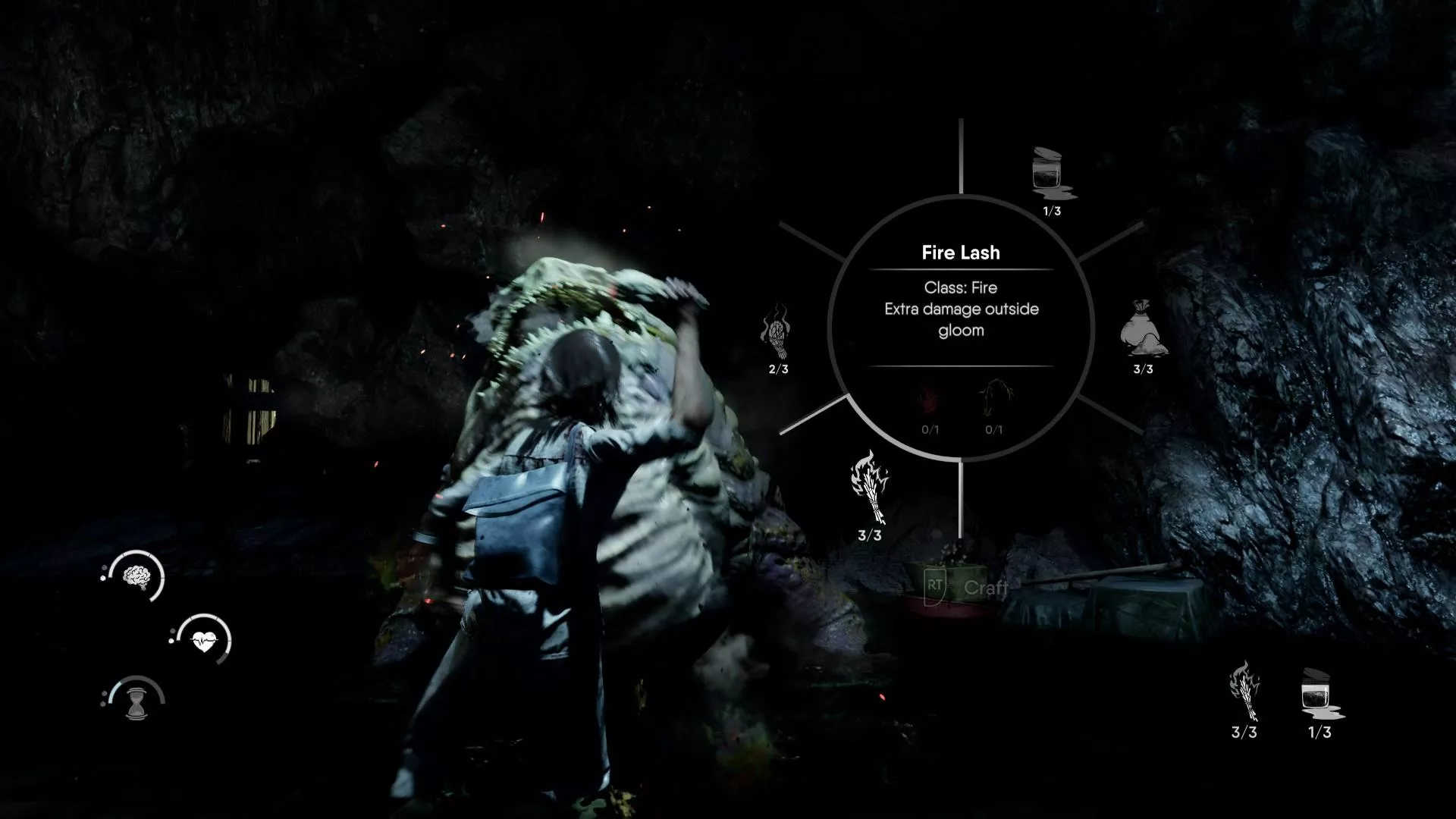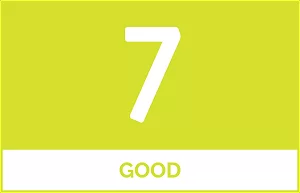It's a little rough around the edges, but a welcome surprise indeed.
If The Chant has sprung up on you, you’re not alone. You mightn’t have even heard of the title, the first from Canada-based studio Brass Token. Perhaps worse, you may be in my boat and somehow assumed it was closer in DNA to Supermassive’s The Quarry than anything else. That couldn’t be further from the truth.
Coming off the back of Halloween, The Chant isn’t like anything we’ve seen in a long while, mixing survival horror with a supernatural twist and ultimately relying upon a core that’s akin to the GameCube classic Eternal Darkness. While I applaud Brass Token for what has been attempted, it’s not without its flaws.
I may have had comparisons to The Quarry in my head because of The Chant‘s lead actress, Siobhan Williams; she played Laura in Supermassive’s latest and now appears here as Jess Briar. While Siobhan lent her voice and likeness to the spooky visual novel, she only provides the former in this tale. That’s a little peculiar in itself, as co-stars Nicole Anthony as Maya Kalani and Praneet Akilla as Sonny Sonti look the same onscreen and off.
Players are introduced to Jess as she arrives on a small, secluded island that has a setup straight out of Nine Perfect Strangers. There, she meets up with childhood friend Kim; both are looking to resolve some previous trauma. Has Kim brought Jess to a cult, or to a new age centre of healing based around concepts of prismic science? Or, in the words of the Old El Paso girl, why not both? That’s for you, as Jess, to figure out.
Ultimately, you’re in the dark about what’s going on at the camp as you’re quickly separated from the other patients when a titular chant goes awry. Jess is immediately thrown into the realm of the supernatural and, more importantly, The Chant‘s core gameplay loop. Equal parts exploration, puzzle solving and combat, things ultimately rely on a system powered by Jess’s mind, body and spirit.
Like in Eternal Darkness, the mind system can cause Jess to slowly descend into a form of insanity, triggering panic attacks and making her very vulnerable when depleted. While she’s not around her fellow patients for long, it’s quickly established that each wears a necklace with a different coloured prism — because science — and that’s how the island is essentially sectioned off. Those colours correspond to gloom — in this case, an emotional and physical presence that restricts or downright rejects — meaning Jess can only enter areas she’s basically attuned herself with (aka dealt with the patient representing that version of gloom).
Regardless of the colour of the area of effect that Jess faces, any accessible gloom areas she enters will immediately begin to sap her mental strength. Jess can exit areas of gloom to regain some composure, but consumables — in the case of mind, lavender — will help her to rebuild energy.
If you don’t have any consumables in range, you can tap into the spirit system for some help. Jess uses those reserves to top up mind points via meditation; in combat, spirit is used to activate a series of progressively unlocked powers that are made possible through the prisms that you possess. Finally, the body stat is the most straightforward, as that translates to Jess’ health. If that’s gone, so too is your playthrough.
Combat is relatively straightforward and relies upon an upgrade and crafting system to better your stats and gain tools. Jess begins proceedings with one melee weapon type and can perform both light and heavy attacks; she’ll slowly add additional options to her arsenal as she explores. Salt and essential oils can be used as projectile weapons, or even combined in different ways to form traps.
One-on-one encounters can be handled with ease as most enemy attacks are telegraphed and therefore avoidable. Jess is very slow, however, so I frequently ran into instances where I’d be halfway through a heavy attack animation only to see my opponent start to glow, an onscreen indicator that is followed by an unblockable attack. Enemy animations are generally faster than that of Jess, so I basically just had to take a hit even knowing full well what was about to come. In groups, Jess can very quickly be overwhelmed and it’s here that her prism powers are great for crowd control. The powers in question are reliant upon having the right tool at the right time and in true survival horror fashion, resources are scarce.
Combat is furthered though in-game lore and a comprehensive bestiary that expands as you stumble upon its pages. While entries on the different supernatural entities that you’ll encounter are extremely useful in that they tell you which tools to use on which enemies — a witch stick works best on enemies in the gloom, as a general example — I again found that I was generally lacking in resources at any given time and simply had to use whatever items I had on me, regardless of efficacy. Even though the interplay between Jess’ core systems is generally enjoyable — especially in mini-boss or boss fights with humongous frog creatures — the need to constantly juggle three energy systems can become a bit frustrating; the final boss fight really drives this home. There’s so much going on at one time; the need to micromanage is necessary and detracts from the overall experience.
While combat is arguably The Chant‘s weakest link, its overarching narrative isn’t far off. Relationships are rushed; worse yet, The Chant‘s villainous element sits offscreen for most of your journey so an inevitable showdown to finish things off doesn’t necessarily have the weight Brass Token was hoping for. Lore building presents a different challenge in that collecting documents as you explore — thereby getting a far greater understanding of what’s happening around you — means you’ll be locking yourself into one of three potential endings.
The endings system on the whole feels a little artificial, on one hand forcing you to play in a different style — thereby potentially increasing your challenge depending on which result you’re after — and on the other a system that offers little new content likely trying to boost replayability. You can bang out additional playthroughs rather quickly; my first run clocked in at just under five hours, while my second finished up in two and a half hours.
There’s some real joy to be found in general exploration, though it too has some hiccups. A map would go a long way as everything in the island essentially looks the same and it’s incredibly easy to get turned around; having large sections bathed in coloured light certainly doesn’t help in that regard. A tool to get your bearings would also have been bolstered by icons that highlighted locked doors or puzzles that you come across, à la Resident Evil Village.
Despite some teething problems, The Chant is certainly worth a playthrough for those who appreciate the survival horror genre. More importantly, this debut title has me excited for what’s next from Brass Token; some small refinements of gameplay elements would make for an outing that I’d happily recommend to anyone with a controller. Here’s to a very pleasant surprise.
The Chant is available now on Windows PC, Xbox Series S, Xbox Series X and PS5.
The Chant was reviewed using a promotional code on Xbox Series X, as provided by the publisher. Click here to learn more about Stevivor’s scoring scale.
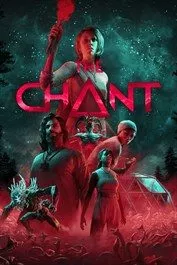 |
The Chant4 November 2022PC PS5 Xbox Series S & X |
This article may contain affiliate links, meaning we could earn a small commission if you click-through and make a purchase. Stevivor is an independent outlet and our journalism is in no way influenced by any advertiser or commercial initiative.


